Vital4 Resources
Filter Resources
News & PR

Vital4 has been named to the 2026 RegTech100, the ninth annual list of 100 leading RegTech companies that financial institutions need to know as they navigate rising regulatory pressure and financial crime risk. Powered by patented AI and proprietary Agentic AI, Vital4’s global risk and compliance data platform helps organizations cut false positives, surface hidden risk, and make faster, more confident decisions across KYC, AML, sanctions, and adverse media workflows.
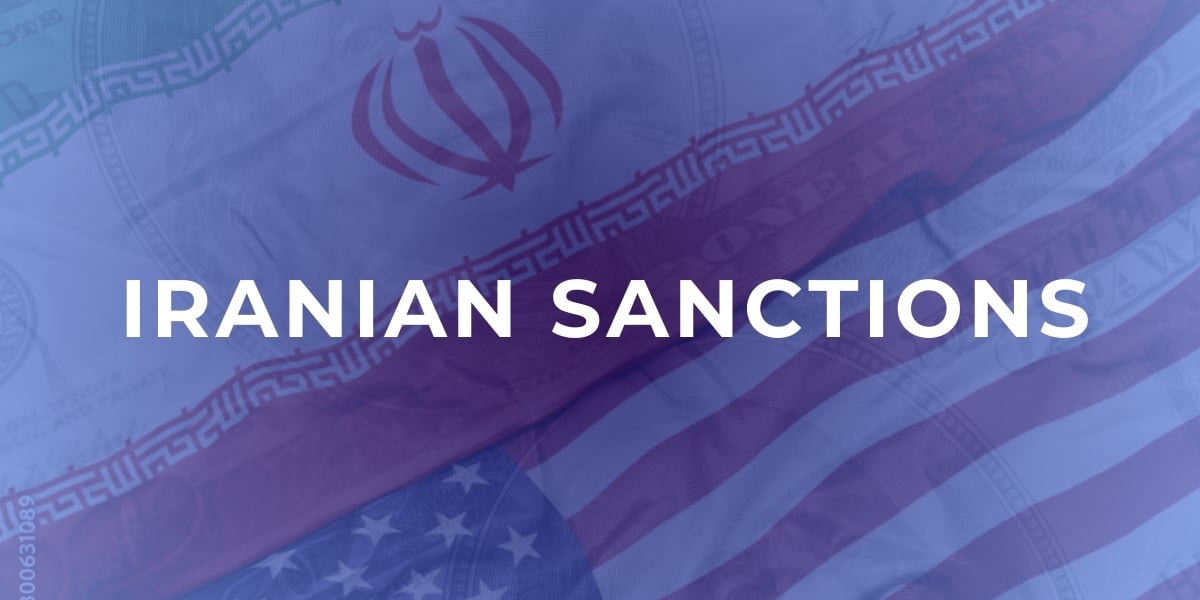
Vital4 meticulously monitors all developments in the compliance and sanctions sector.
Last Updated 12-09-25

Last Updated 12-09-25
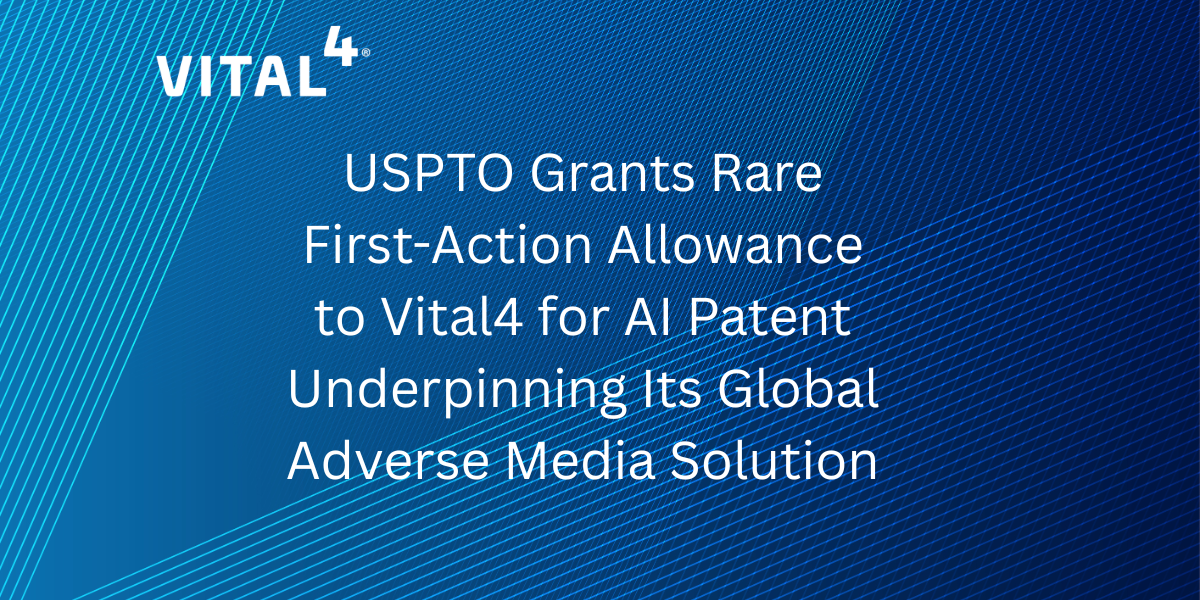
Vital4 announces today a rare first-action allowance from the United States Patent and Trademark Office (USPTO) for “Systems and Processes for Contextualized Entity Resolution and Sentiment Analysis in Adverse Media Screening,” a major milestone in AI-driven risk and compliance innovation.

NEW YORK, August 12, 2025 – Inc. revealed today that Vital4 is on the 2025 Inc. 5000, its annual list of the fastest-growing private companies in America.
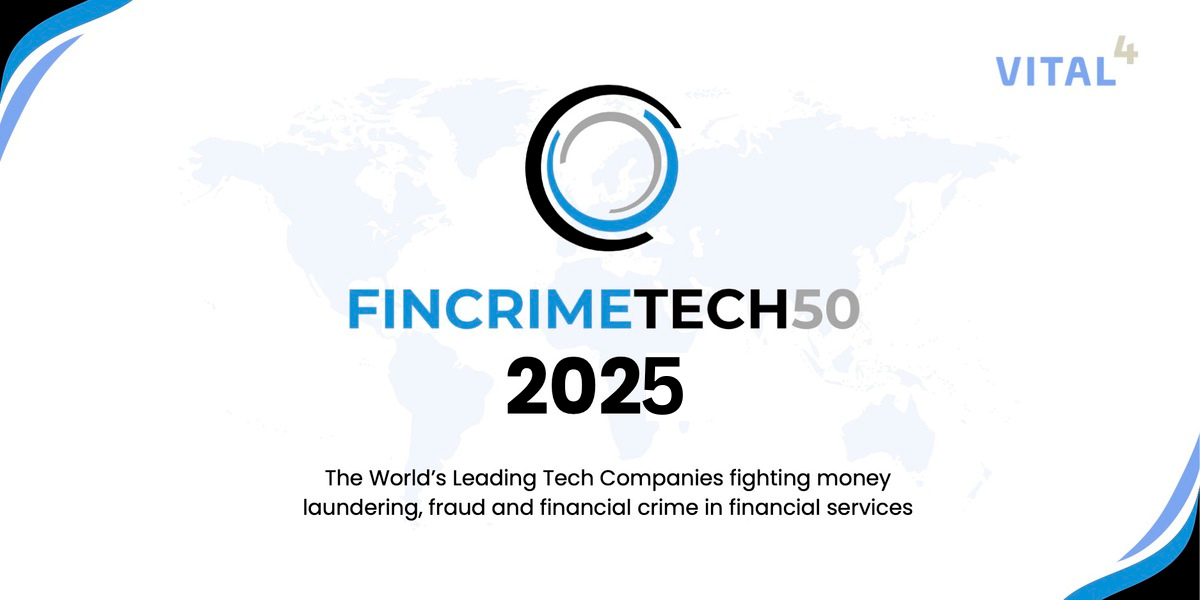
Second annual FinCrimeTech50 highlights the top innovators in the fight against financial crime.
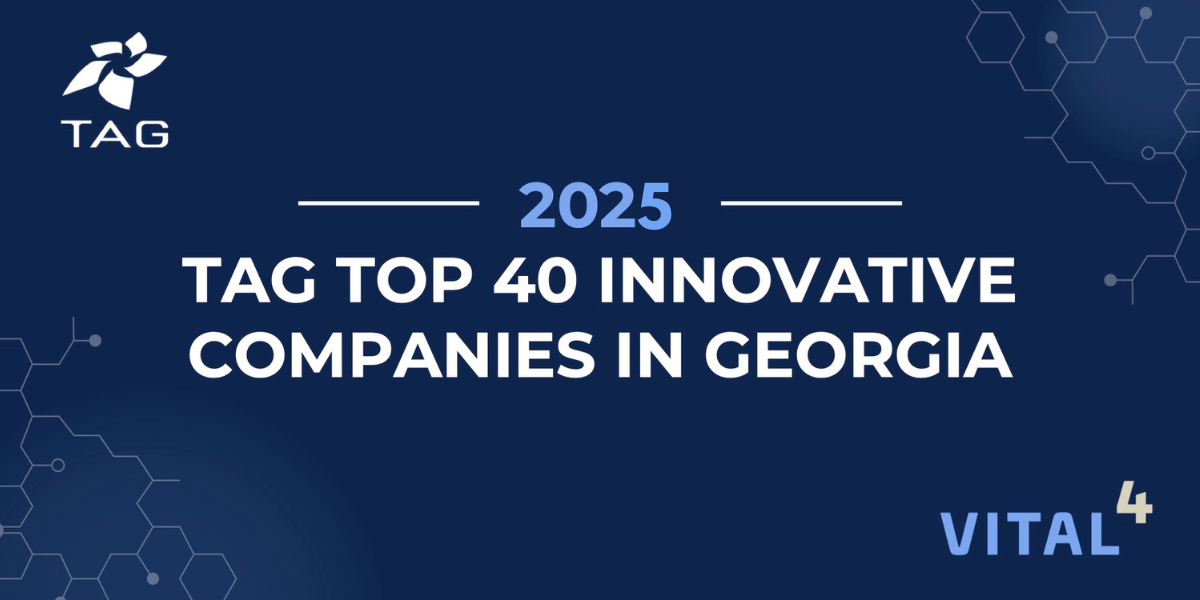
The Technology Association of Georgia (TAG) announced today the 2025 Top 40 Innovative Companies in Georgia, recognizing trailblazing organizations that are making significant contributions to the state’s technology landscape.
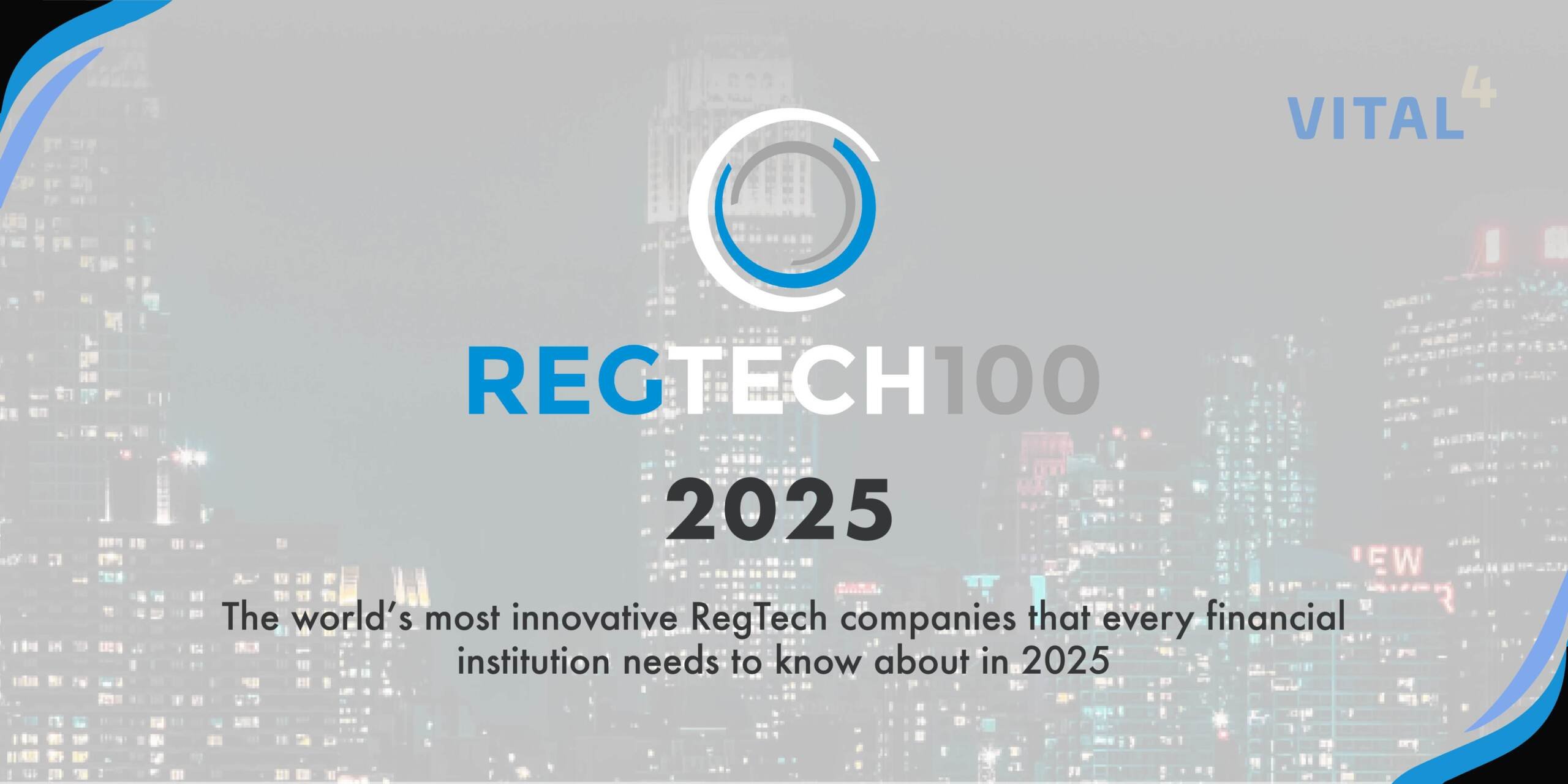
RegTech Analyst has released the latest edition of its RegTech100 ranking, highlighting the businesses financial institutions need to keep an eye on in the RegTech industry The 2025 RegTech100 list showcases some of the biggest disruptors and market leaders in regulatory technology helping financial institutions deal with the headwinds caused by technological innovation and regulatory change.
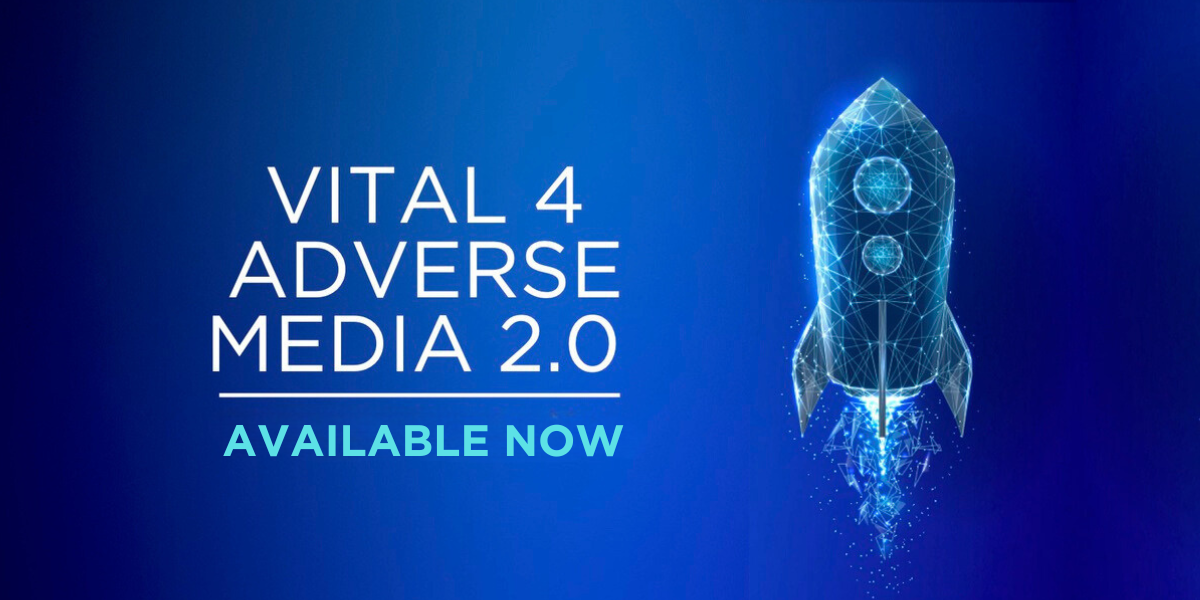
A Game-Changer in the Fight Against Fraud and Financial Crime Worldwide

NEW YORK, August 13, 2024 – Inc. revealed today that Vital4 is on the 2024 Inc. 5000, its annual list of the fastest-growing private companies in America.
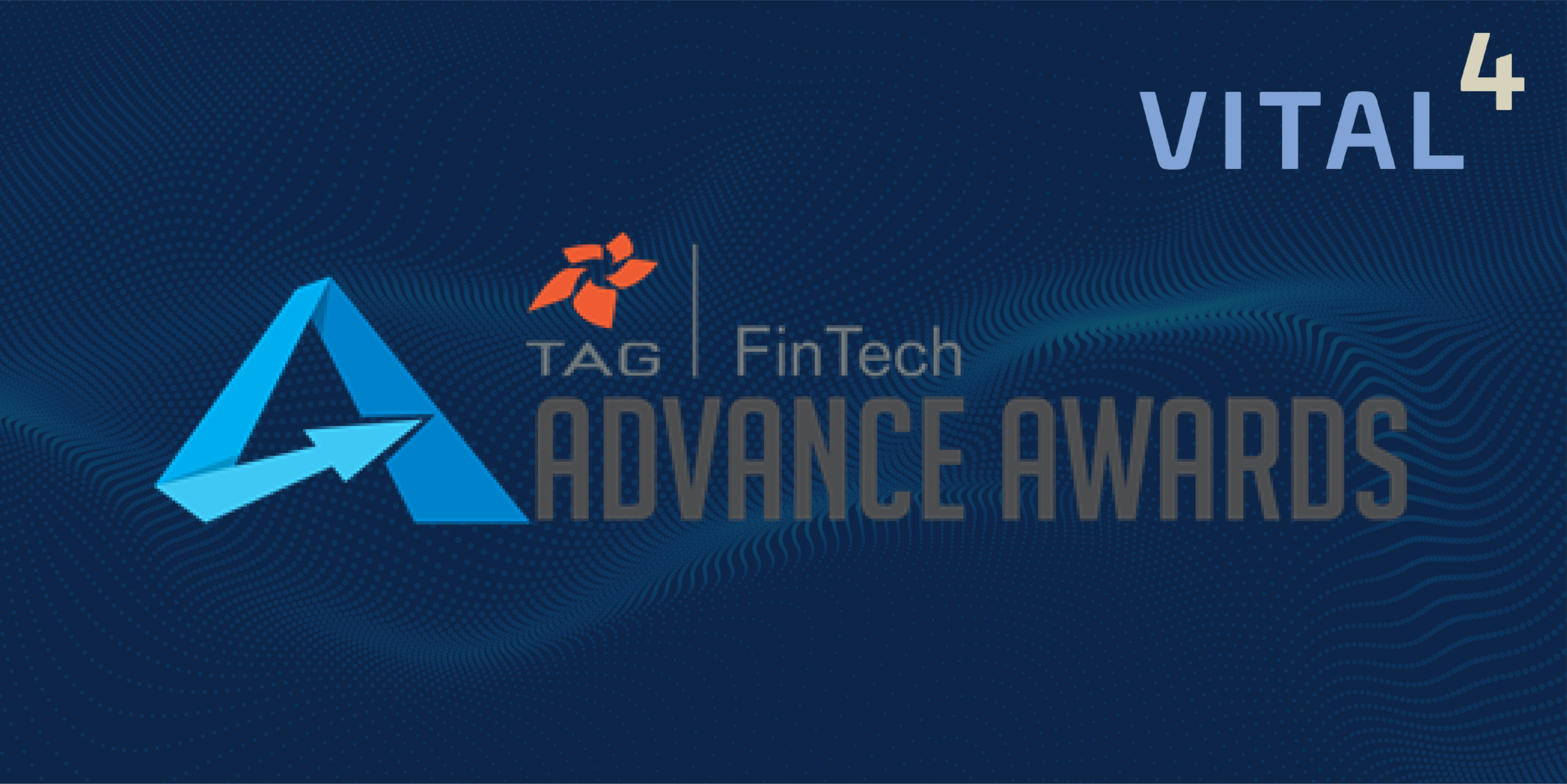
The Technology Association of Georgia (TAG), today announced the finalists for the TAG ADVANCE Awards as part of the Fintech South conference.

The inaugural FinCrimeTech50 has named the technology companies who are redefining the anti-financial crime industry in 2024. Launched by specialist research company FinTech Global, the new list identifies the industry’s great innovators who are leading the fight against money laundering, fraud and financial crime in financial services, amidst a rising tide of challenges for compliance teams.

The Marquis Who’s Who Top Professionals series celebrates exceptional individuals who excel in their respective fields.

As we usher in the new year, U.S. businesses are bracing themselves for a significant shift in regulatory requirements.

Atlanta Business Chronicle will count down the fastest-growing privately held companies based in the metro area at the 24th annual Pacesetter Awards
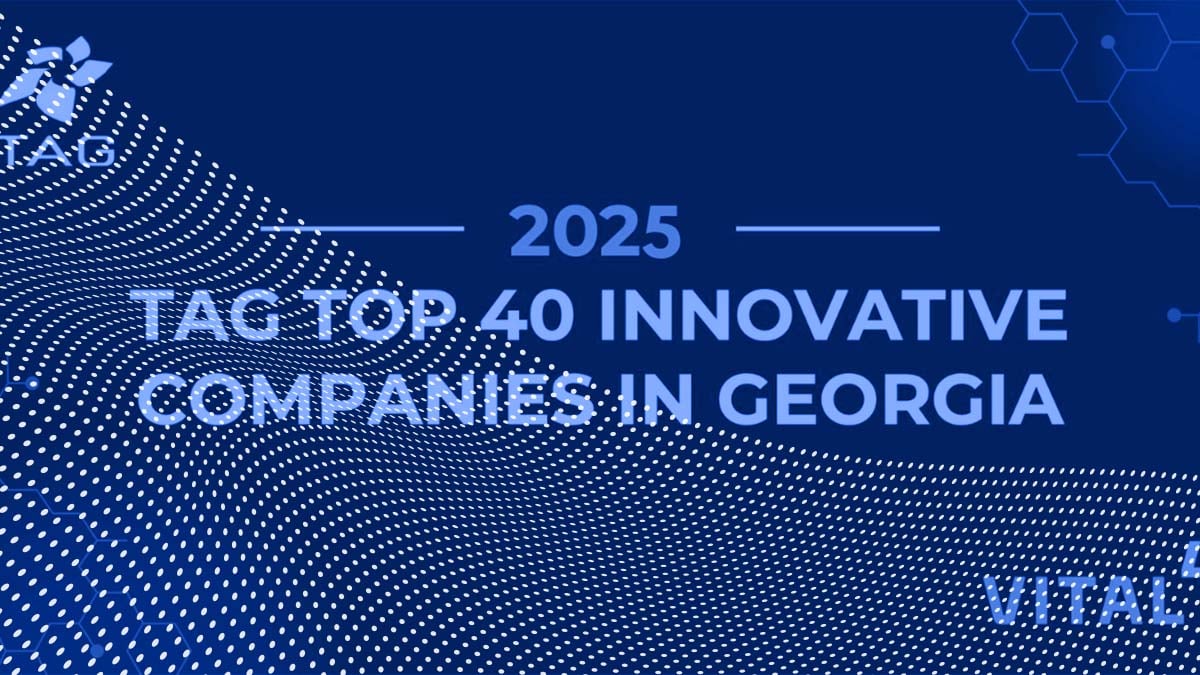
This annual program recognizes Georgia-based companies of all sizes for their contributions to innovation and economic growth within the state’s technology sector.

NSBA is the nation’s oldest small-business advocacy organization and operates on a staunchly nonpartisan basis. Kristin, a recognized leader in the small-business community, joins the NSBA Leadership Council alongside other small-business advocates from across the country as they work to promote the interests of small business to policymakers in Washington, D.C.

The Titan 100 program recognizes Georgia’s Top 100 CEOs and C-level executives. They are the area’s most accomplished business leaders in their industry, using criteria demonstrating exceptional leadership, vision, and passion.

Reflecting on The Vital4 Company Retreat at Hampton Island Preserve

What U.S. Businesses Need to Know

An array of forward-thinking fintech experts are highlighted in the inaugural edition of the Atlanta Business Chronicle’s Power 10 Fintech: Leaders You Should Know list.

Financial crime is a daunting and ever-evolving challenge in today’s world. During the ACAMS Vegas 2023 Conference, one common theme stood out: nervousness and skepticism among many attendees about the power of artificial intelligence in this field.

Our Experience at the PBSA Annual Conference

Highlights and Insights from Money 20/20 Europe: Uniting the Global Finance Community

Another one for the books! ACAMS Hollywood 2023 was a success for the Vital4 team as we learned a lot about the latest (and ever-changing) regulatory trends and ongoing financial crime risks we are faced with every day.

The Georgia Department of Economic Development (GDEcD) today announced 27 Georgia business recipients of the 2023 GLOBE Award.

Attending industry events is the best way to connect with peers, clients, and new potential partners. The recently concluded PBSA Mid-Year Conference was no exception.
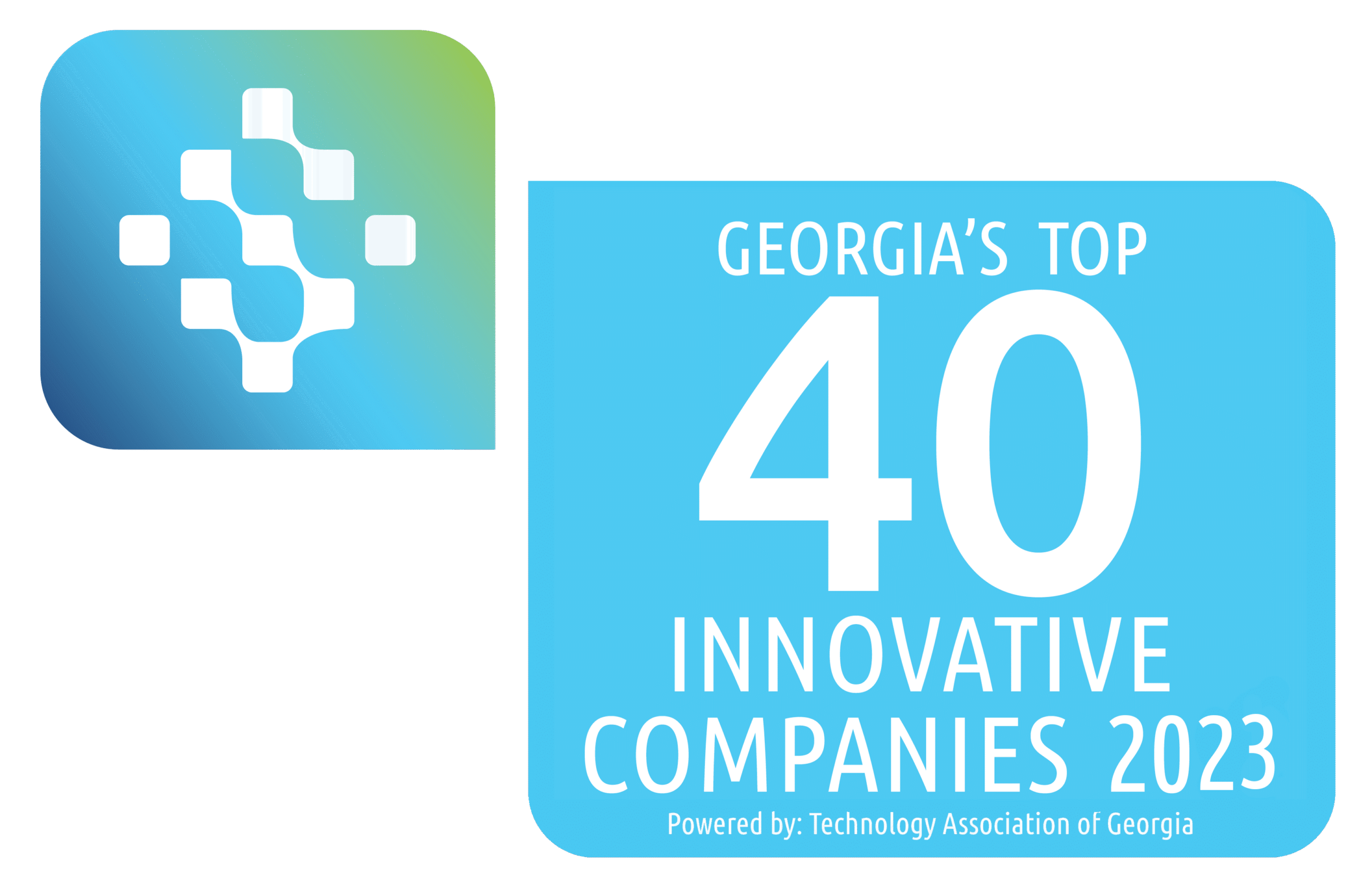
Sponsored by Truist and Leapfrog Services, the Top 40 Innovative Technology Companies in Georgia, also called the “Top 40,” recognize Georgia-based technology companies of all sizes for their contribution to innovation and economic growth within the state of Georgia’s technology sector.

Vital4 attended the first in-person Fintech Meetup on March 19th-22nd, held at the Aria in Las Vegas. The three-day conference, known as the world’s biggest fintech meetings event, deviates from the traditional format of keynote speakers and fireside chats.

On February 28, Vital4’s Co-Founder and President hosted a panel discussion with Background Screening veteran, Bruce Berg of Berg Consulting group and Kristin Stafford, Co-Founder and CEO of Vital4.